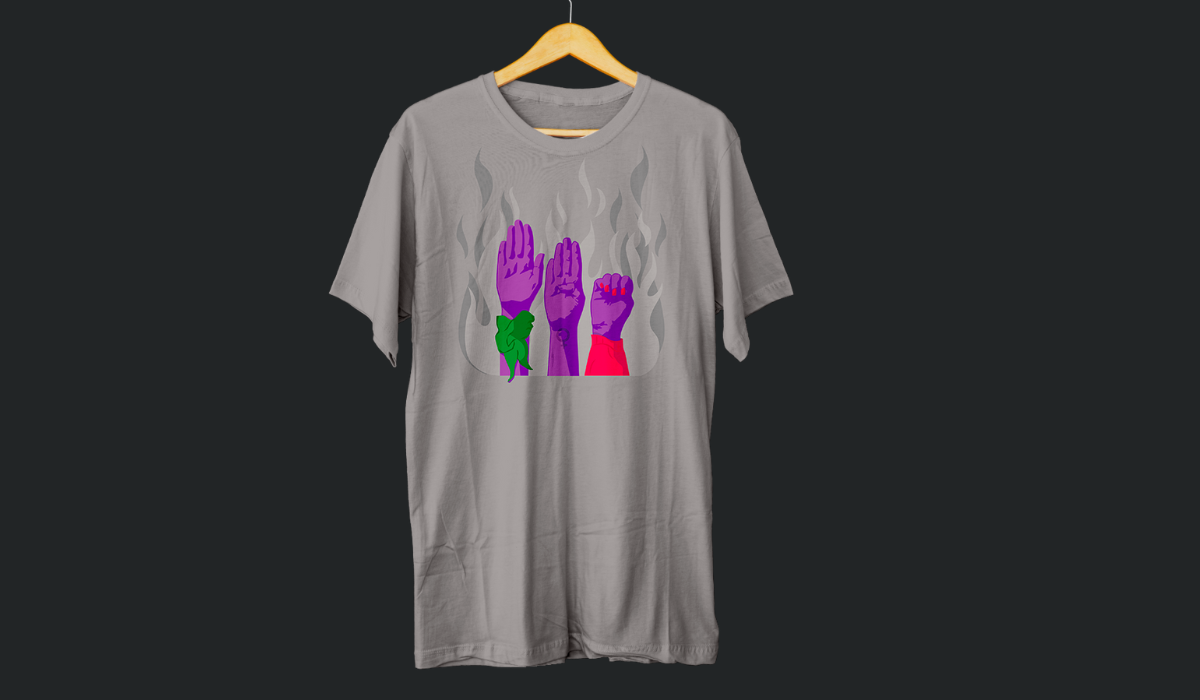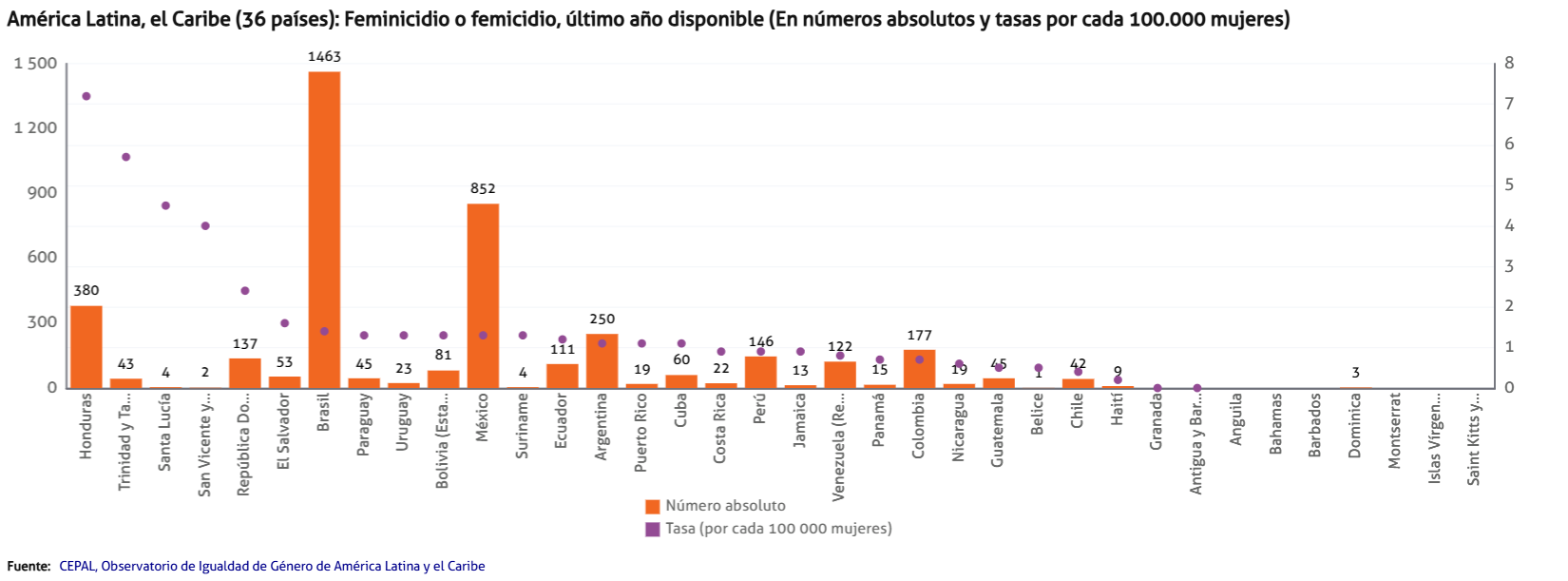A Gesture Against Femicide Violence

This design uses the help signal against gender-based violence to represent the femicide rates recorded in Mexico, Argentina, and Colombia for 2023.
What is Femicide Violence?
The violent death of women and girls simply because they are women is the most extreme form of gender-based violence. Femicide refers to the classification of this crime within the legal system, which allows recognition of its specificity and social aggravating factors. The roots of this crime are structural, including inequality, discrimination, and historically imbalanced power relations between men and women.
The Magnitude of the Problem in Latin America and the Caribbean
According to data from the Gender Equality Observatory for Latin America and the Caribbean of ECLAC, in 2023, at least 3,897 women were victims of femicide in 27 countries and territories in the region. Of this total, 3,877 occurred in 18 Latin American countries and 20 in 9 Caribbean countries and territories.

Based on this data, Honduras records the highest femicide rate in the region, with 7.2 cases per 100,000 women, followed by the Dominican Republic with 2.4 cases per 100,000 women, and Brazil with 1.4 cases per 100,000 women.
Countries like Mexico, Ecuador, Puerto Rico, Paraguay, and Honduras have seen the largest increases in femicide rates since 2015, with an average increase of between 0.5 and 0.7 points. In contrast, countries like Guatemala, Bolivia, and Panama have shown a reduction in this rate, with Guatemala’s decrease being especially notable, from 2.5 to 0.5. This varied pattern shows that, while there have been advancements in some regions, the problem persists and, in some cases, intensifies, revealing the need for more effective and consistent public policies throughout the region.
The data reveals that, in most cases, the aggressor is not a stranger or anonymous attacker but someone close to the victim. Of the 10 countries and territories that provide information about the relationship between victim and perpetrator, 8 report that, in over 60% of the cases, the crime was committed by the victim’s partner or ex-partner. In Puerto Rico, this figure reaches 100% of the reported cases. In Paraguay, Cuba, Chile, and Uruguay, between 73.9% and 88.9% of femicides were perpetrated by partners or ex-partners.
The Help Signal
The persistence of this crime highlights the importance of implementing concrete actions to prevent and eradicate this grave violation of the human rights of women and girls in all their diversity. Here, a small gesture like the help signal, popularized on social media and awareness campaigns, plays a crucial role.
The help signal was developed by the Canadian Women’s Foundation in 2020 to allow individuals to discreetly request help in violent situations. The design of this tool has made it possible to ask for help without alerting the aggressors, facilitating its widespread dissemination and adoption across various regions of the world.
The help signal was created in 2020 during the early months of the COVID-19 pandemic, when lockdown measures increased domestic violence cases globally. It consists of a simple gesture:
- Raise the hand with the palm facing forward.
- Bend the thumb towards the palm.
- Close the fingers over the thumb, forming a fist.
It has been 30 years since the Beijing Declaration and Platform for Action and the Inter-American Convention to Prevent, Punish, and Eradicate Violence Against Women. However, data on femicides and violent deaths of women due to gender-based violence, as well as the production of statistics on this type of violence, remains partial and incomplete. Through this design and the dissemination of the data, we join the call to strengthen the fight against violence against women and girls.